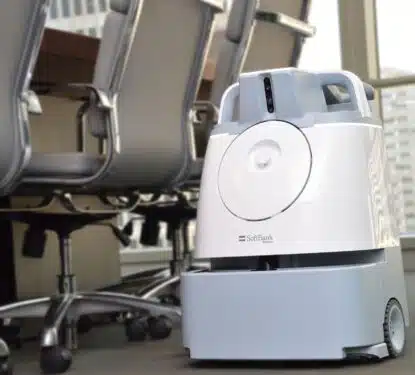Smart workplace technology is often associated with the biggest commercial buildings, housing the most high profile organizations – epitomized by buildings like The Edge in Amsterdam. While many managers of small to medium sized commercial real estate (CRE) discount smart technology adoption all together, assuming they do not have the capital or scale to achieve a good return on investment. The reality, however, is quite different. Smart workplace tech may be the best way for smaller commercial buildings to survive and even thrive. Jon Bolen, COO at smart building solutions provider ENTOUCH, equates this contradiction to the story of Oakland Athletics, a relatively small major league baseball team who defied all the odds by using technical innovation to overcome bigger, richer opposition. Oakland had the third lowest payroll in baseball when they pioneered a high-tech approach to scouting analytics, but it resulted in an incredible 103-59 win-loss record against the much richer teams. Oakland’s approach […]
Most Popular Articles

icetana Secures $3.6M SoftBank Partnership: 2025 Financial Analysis and Growth Strategy
This Research Note examines the Australian listed company, icetana AI, based on its latest financial results year ending 30 June 2025 and its deployments, strategic investments and regional growth opportunities over the past three years. icetana AI Profile Founded in 2009, icetana AI is a small software as a service (SaaS) company specializing in AI-assisted […]

Video Surveillance Market 2025: Ongoing Shift towards Software Drives Growth
The video surveillance industry is undergoing its most significant transformation since the shift from analog to digital. What was once primarily a reactive security tool, cameras recording footage for post-incident review, is evolving into a proactive intelligence infrastructure. The traditional model of video surveillance centered on cameras, on-premise storage and software. That era is coming […]

deskbird Raises $23m with View to Dominating Europe’s Hybrid Workplace Market
This Research Note examines the growth of deskbird, a Swiss startup offering a workplace management platform that addresses hybrid working. We explore the company’s disclosed funding and its acquisitions completed last year before highlighting one of the firm’s recent reports on the German workplace market. Finally, we provide our view on the company and the […]
